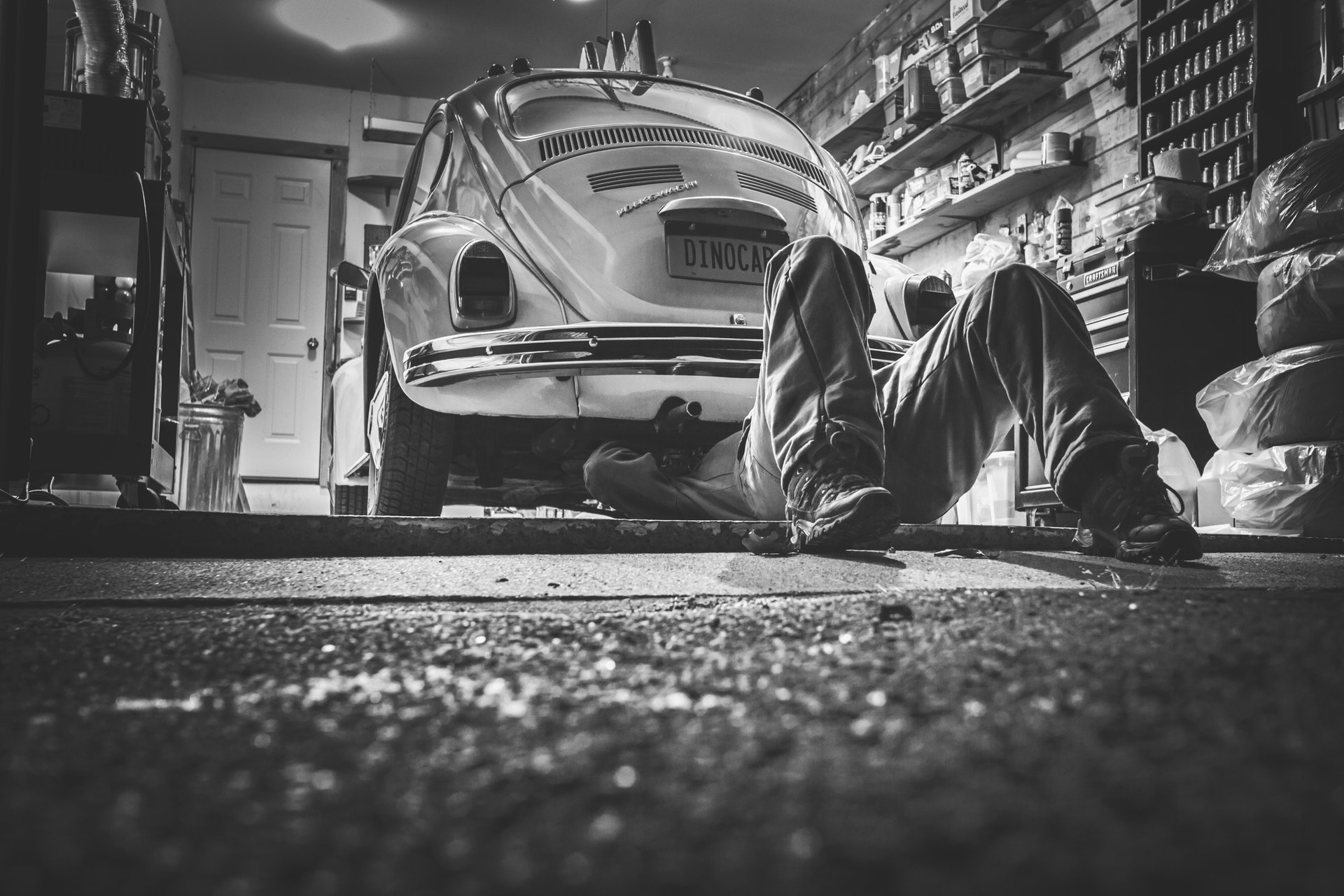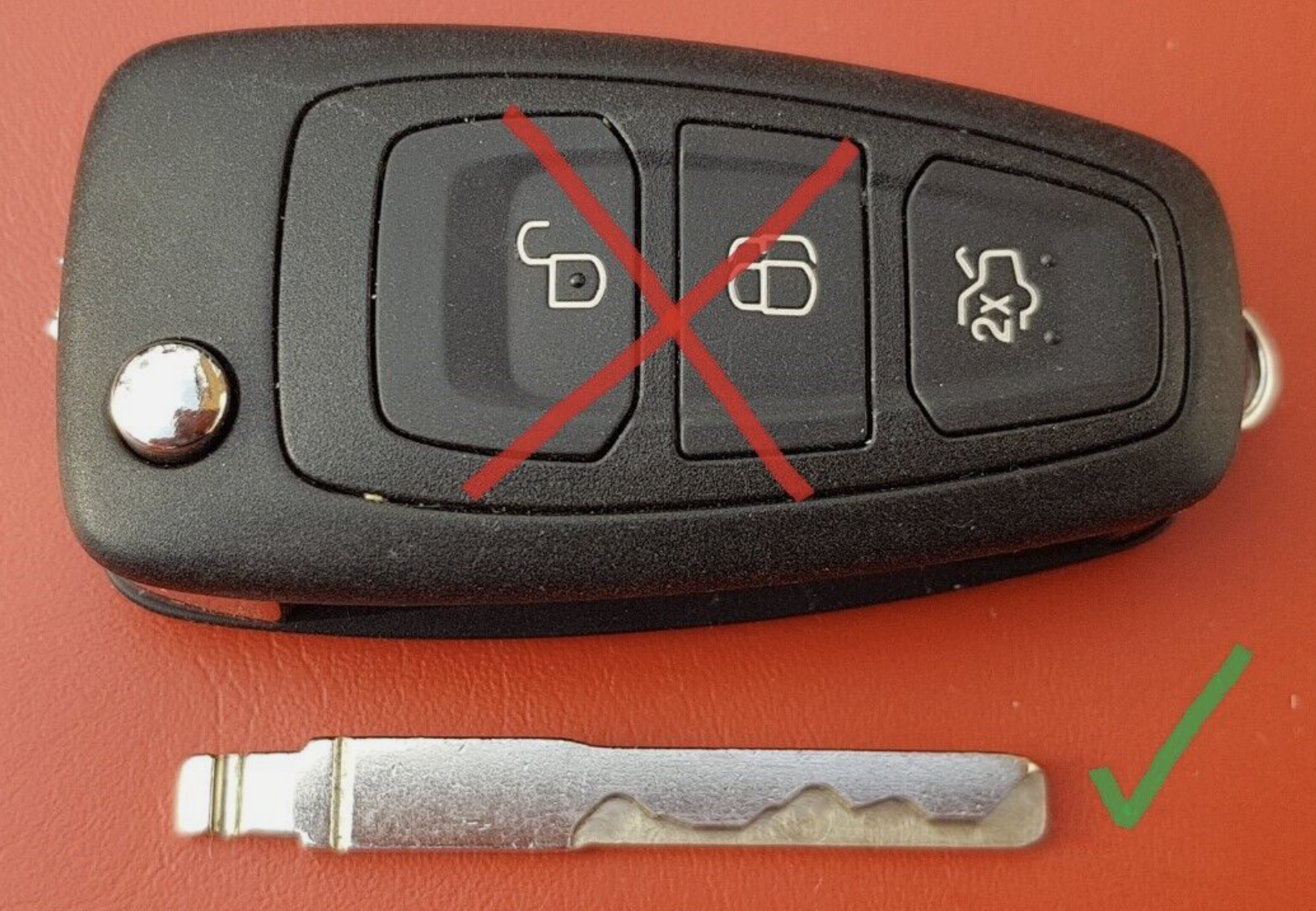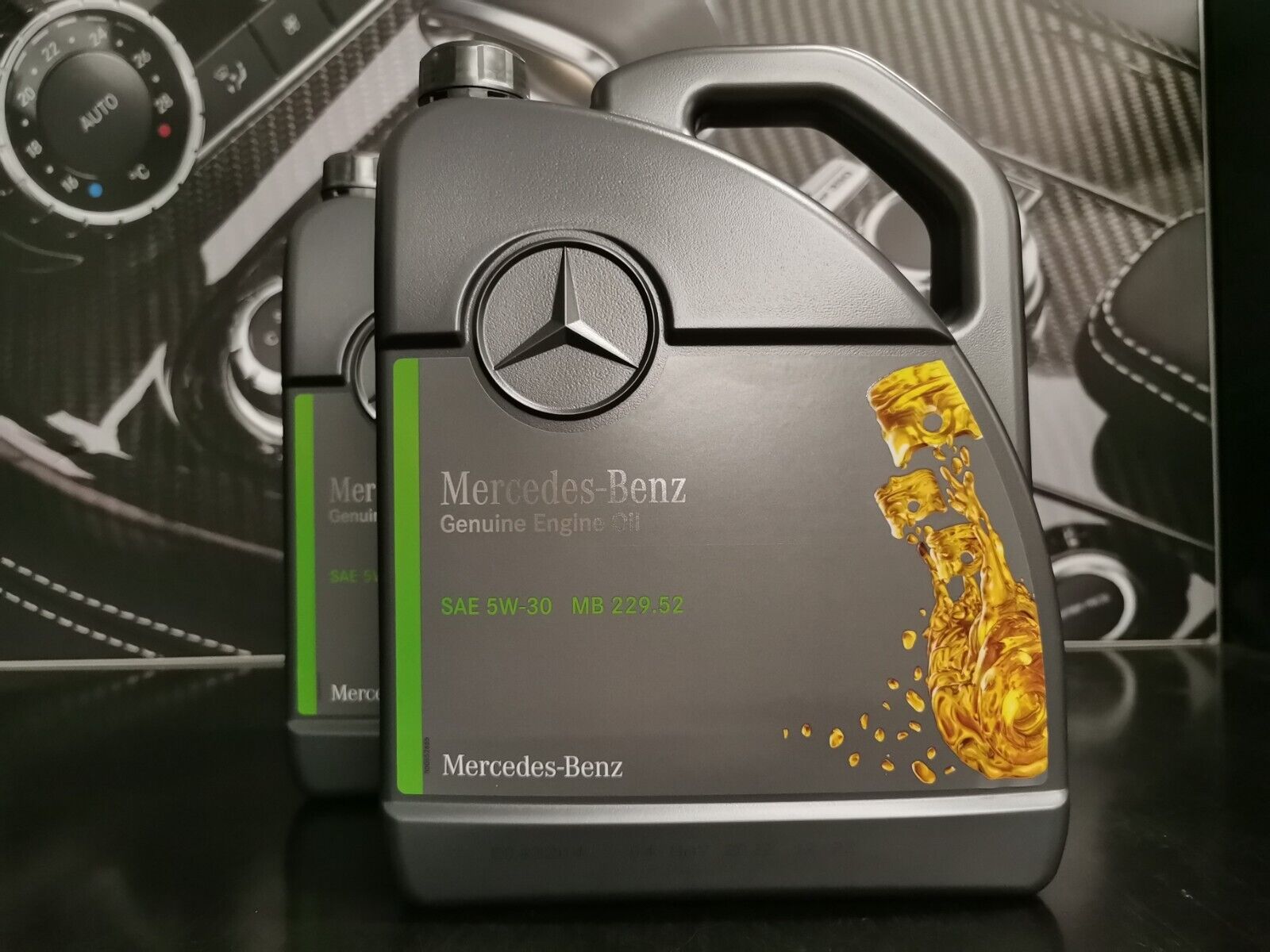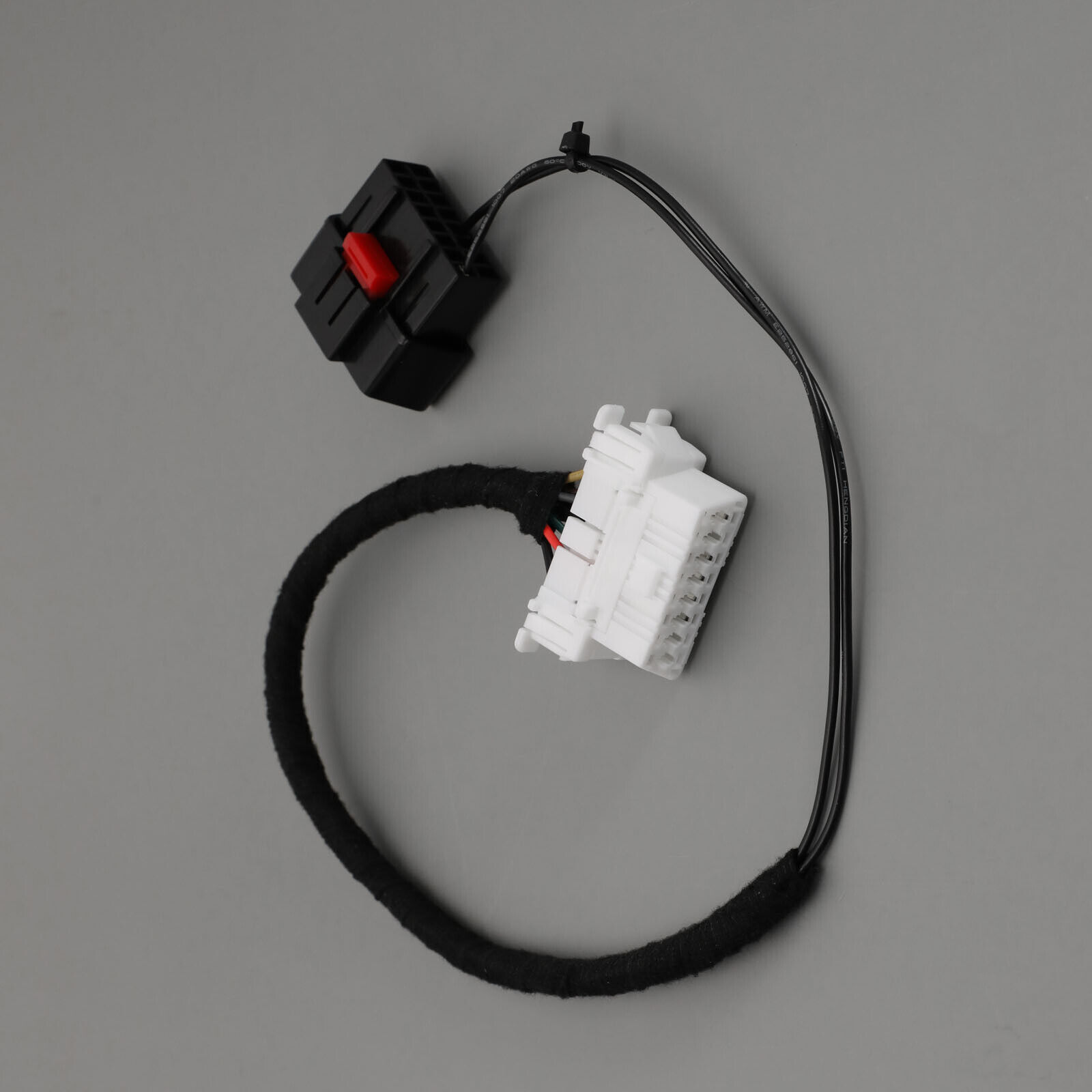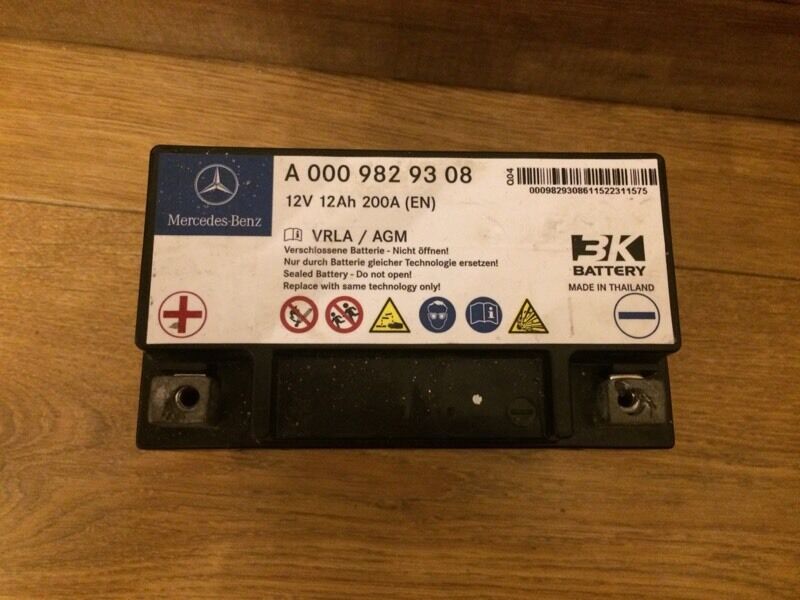Having had various ‘project’ cars through the years, I cannot think of a time that I can remember of one that I have ‘finished’ (below included as ‘its in progress’). The Fiesta Duratec Turbo is one that i would consider 60% finished, it has been a gruelling 6 years from buying it, starting its life with me as a ‘finished item’ in someone else’s eyes.
There have been many turns in the road; should i completely start from scratch, should I scrap it, should i just leave it at this useable state? Mostly, for me, these thoughts have led me to doing the job right, first time, no points for bodges.
Now looking back, there’s a few things that I consider to of over looked, these can apply to smaller repairs to a full rebuild from a bare shell!
It feels only appropriate for me to start with a picture of my ‘project car’, a 1992 Fiesta Xr2i, with a 2.3 Duratec Turbo Engine shoe-horned into it.
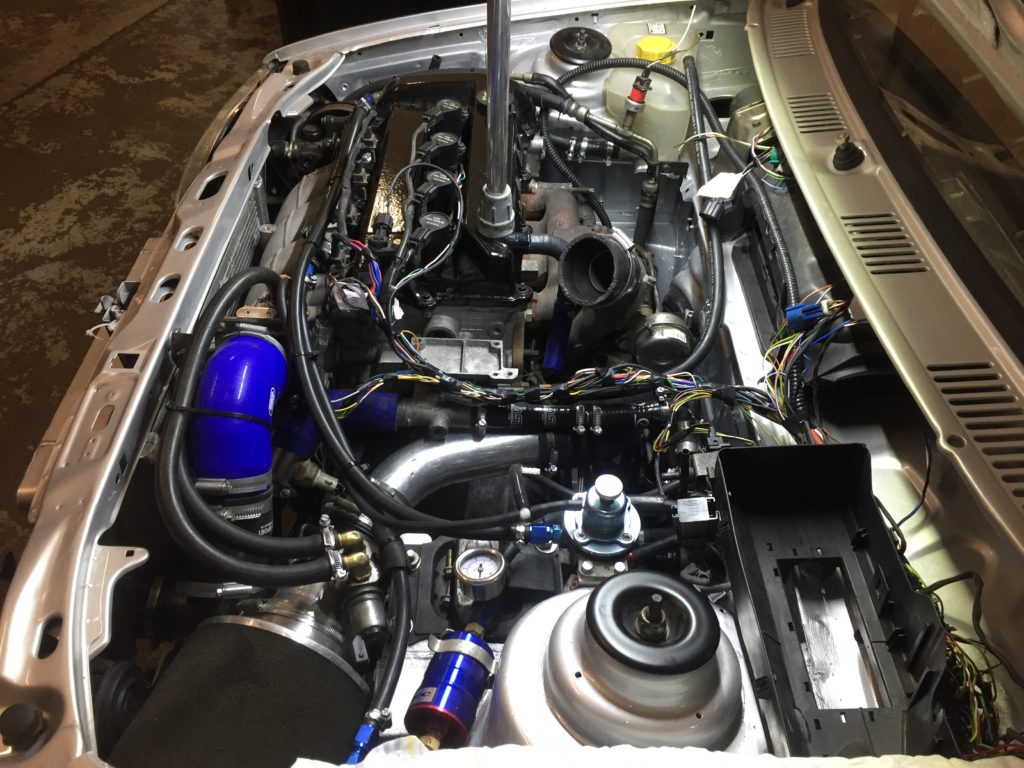
A project car could be something you use day to day or one that will only come out on occasions.
Heres what I’ve learned:
1. Space
“a continuous area or expanse which is free, available, or unoccupied”
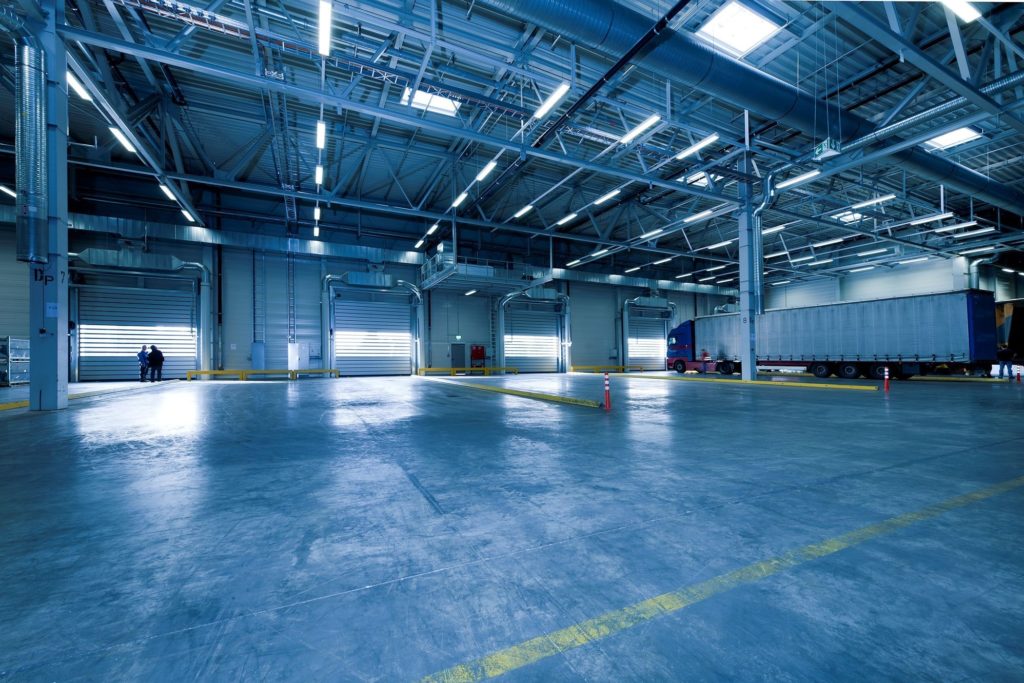
From a simple repair, to a full strip down, having an area to work in is essential. I’ve carried out simple jobs in council garages & on the road side, up against walls & cars, although you may be able to get the job done, it’s just not ideal working in confined spaces. Not to mention that if you start a job and have to pause for the night a full cleanup operation may need to take place – for example, working out of that council garage at 10PM, theres tools everywhere and you need to pack it up for the evening!
I used to work out of my dads garage at the end of garden, you consider it yours, but in reality its your dads! When i left it in a mess, car parts everywhere, tools hanging around I soon knew about it!
If your considering a complete rebuild from the shell up, consider renting a workshop, unless your lucky to have a great big garage happily plonked next to your house!
It may seem extreme now, but when you have many parts laid out next to each other, box upon box of parts, your centre console pieces and screws laid out in a specific order as taken apart you will be begging for space.
I have been lucky enough to complete some of my project in my works workshop – we have a big workshop, 7 vehicle lifts, room for storage – my car was partially stripped when it arrived but after stripping the remainder off for a respray it was a nightmare to store everything as there was so much!
Try to start with as much space as you can, it will soon fill up.
2. Storage
“the action or method of storing something for future use”

Cardboard boxes are not going to cut it. It needs to be sturdy, stackable & label-able. If you’ve not stored anything in cardboard boxes before, especially in colder / damp environments – don’t – it’s best not to. They loose their shape and structure and generally fall to pieces after time. Screws just get lost at the bottom & sometimes make their way out.
What you will require is good quality plastic boxes, big and small. Lids are ideal – keeps the dust out. Stackable heavy duty plastic crates can be ideal for bigger heavy items, definitely not the colapsable type, the hinges break – consider putting a wheel hub/steering knuckle or two in one with a few other parts – it will be heavy. On the other end of the scale, small parts bins can be ideal for screws, bolts & clips.

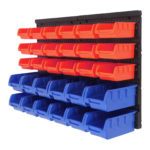
If its plastic, it’s easy to grab a marker pen and label it up. If it’s stackable, it’s easy to store many on top of each other. Also just in case you have to move your entire project, it will be much easier to transport. Want to take a group of items to the powder coaters? Grab the box and go.
It’s not just the parts you take off your project that need storing – you will soon build up spares and consumables.
3. Time
“a point of time as measured in hours and minutes past midnight or noon”

Depending on how involved your project is, it can be easy to eat into a lot of time. It maybe stretched out over a long period, sometimes years, but it will add up quickly.
For me, there have been periods working late every night after work – ‘to get it done’ – eventually burning the candle both ends can have a negative effect on friends, family and work life. Don’t let it take over your life, let it be an addition & don’t miss out on what you could be taking part in otherwise.
It would be wise to set a date for when you will finish the project and think about how much, how often you will need to work on it to achieve it.
4. Plan
“a detailed proposal for doing or achieving something”

What are you trying to achieve? Do you want a ‘show winning con-course car’, an absolute ‘rat look’ thats mechanically sound / modified on the inside or somewhere in-between thats ‘presentable’?
Make up a plan / schedule / list of what you want to do. This is probably one of my biggest regrets as throughout the current Fiesta there has been no plan.
It started as a lets tidy it up, fix a few bits and keep her going. Now has turned into a bare shell fix up and re-spray. If i had planned out what I wanted to achieve I’m sure i would of saved myself time and money.
Concentrate on one thing at one time otherwise its easy to loose track of what your actually doing.
5. ‘Specialist’ Requirements
‘a person who concentrates primarily on a particular subject or activity; a person highly skilled in a specific and restricted field’
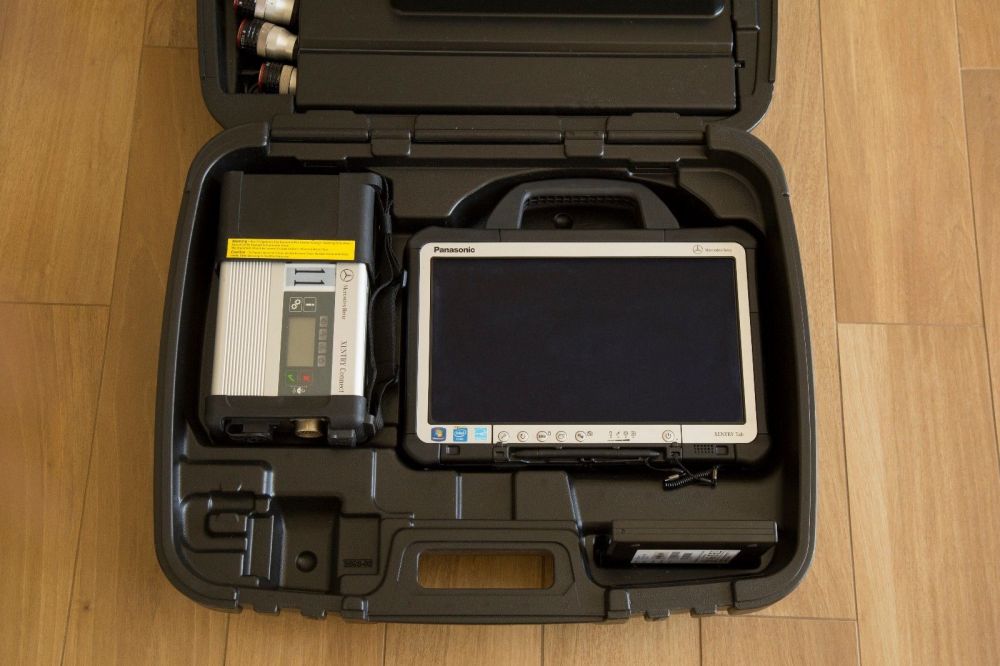
There is likely to be jobs that you cannot complete yourself without some heavy investment.
Ive used a picture of a Mercedes Star Diagnostic machine, however this is not limited to diagnostics:
- Diagnostic / coding / reprogramming machines – part of your project may include replacing modules that require reprogramming and coding. Different brands have different requirements. Some procedures may be able to be done with generic machines however more complex and new systems will require a dealer specific machine.
- Bodywork – generally, you will want to get a bodyshop to complete body repairs to a high standard.
- Custom fabrication – welding in mounts, custom pipe work, custom hoses
- Engine Tuning / Setting Up – there are many DIY options out there, but having someone experienced in this field is ideal – or risk it going bang!
- Interior Trimming – best left to a professional in my opinion.
Of course I’m all for doing it yourself, you will learn more and have the satisfaction of knowing that you have done it yourself, or at least tried!
6. Resources
‘a source of help or information’

Without the right help and information, you may become stuck easily. If your looking to carry out a engine conversion for example, spend time researching what will be required and how to do it. Haynes manuals do still exist and are great for having how to’s and general specs to hand, especially for older cars.
Car manufactures supply service and repair information (including wiring diagrams, technical specs, how to remove / re-install components, parts diagrams) however it can be hard to get hold of as generally it is stored on there own applications which require paid access online via web based applications.
Prior to the internet way of things, these applications where installed onto computers – if you looked hard enough you would probably be able to download it online. Of course this would be illegal and not something that i would recommend that you do.
Its likely that there will be a forum that can cater for you only a google search away with guides, help and advice. Youtube can be handy source of guides, as can joining a facebook group for your car and posting in the group.
Just remember, do not believe everything you read online!
Ps. Don’t forget the Haynes Manuals!
7 . Budget
“the amount of money needed or available for a purpose”

If you have considered all of the above points, hopefully you will be able to set a budget. I think this goes without saying – unless money is no object, try not to go wild! We’ve all been there looking through a Demon-Tweeks catalogue thinking I fancy one of these, these, ooh, and this one!
Use your plan to work out what you will need to spend on.
Just finally, don’t give up!
Unless its so rusty a sieve is more watertight!
If this guide has helped you, please share it! Buttons below, (To the left desktop only)
